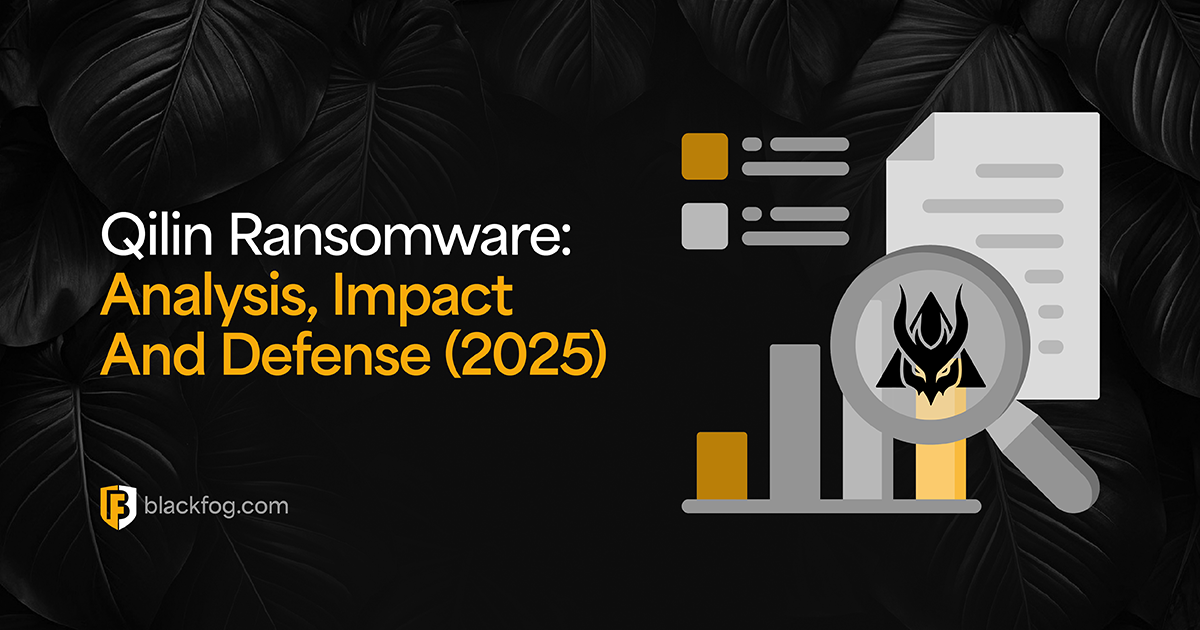
What Makes Deep Learning in Cybersecurity Different and Why it Matters for Cybersecurity
AI and machine learning are rapidly reshaping cybersecurity, and deep learning is emerging as the most advanced tool in the arsenal. However, there is some way to go before it is an everyday part of operations. For instance, according to F5, although 71 percent of companies say they use AI to enhance security, less than one third have deployed it in areas such as firewalls or continuous data labelling.
At the same time, the threats posed by this technology are growing. One report from Darktrace found 78 percent of CISOs see AI-powered threats affecting their organizations. As adversaries leverage automation and neural techniques, defenses must level up, which may mean exploring advanced tools such as deep learning. But what does this include, how does it differ from other forms of AI and why should it be considered as a key part of machine learning in cybersecurity?
What Is Deep Learning?

Deep learning is a subset of artificial intelligence and machine learning in cybersecurity that teaches systems to learn by example. Unlike traditional approaches to machine learning, which often require manual rule-setting, deep learning uses layered neural networks to automatically recognize patterns in large volumes of data without the need for specific inputs.
It can be thought of like the human brain learning to identify a face – it does not follow a checklist, but learns from repeated exposure. Deep learning works in a similar way, improving as it processes more data. This ability to learn from complex inputs makes it especially useful for spotting subtle or unfamiliar threats in cybersecurity.
Deep Learning vs. Traditional Machine Learning
While deep learning and traditional machine learning are closely related, there are key differences in how they work and where they are most effective. Understanding these can help firms develop smarter systems that take advantage of neural networks to improve cybersecurity performance.
Traditional machine learning:
- Relies on structured data
- Often requires manual feature selection
- Performs best with smaller datasets
- Depends on clear rules and known patterns
Deep learning:
- Uses multi-layered neural networks
- Learns automatically from raw or unstructured data
- Scales with very large datasets
- Adapts to complex, high-dimensional patterns
Standard machine learning can be limited when facing unknown or fast-changing threats. For instance, in cybersecurity, it may struggle with identifying fileless malware, detecting subtle anomalies or adapting to new environments without human input. Deep learning, by contrast, is well-suited to these tasks. The ability to learn directly from complex data makes it ideal for identifying evolving threats, analyzing network behavior in real-time and reducing false positives.
Use Cases for Deep Learning in Cybersecurity
Deep learning is already being used across multiple areas of cybersecurity to improve detection, response and visibility. Its ability to learn from complex data makes it ideal for environments where threats are constantly changing and traditional tools fall short. Key use cases include:
- Malware detection: Deep learning goes beyond traditional approaches to antimalware thanks to its ability to identify advanced threats including wireless attacks. Polymorphic malware and fileless attacks, for instance, can be spotted by analyzing how code behaves rather than relying on known signatures.
- Phishing and social engineering detection: Natural language processing models powered by deep learning can scan email content, URLs and sender behavior to flag phishing attempts. This makes it easier to identify targeted scams or impersonation tactics that would otherwise bypass rule-based email security solutions.
- Network traffic and behavioral analysis: By monitoring complex traffic flows and user behavior, deep learning can help tools like IDS and IPS systems spot subtle anomalies that suggest intrusion or lateral movement. It builds a baseline of normal activity and flags unusual patterns, enabling early detection of advanced persistent threats.
- Threat hunting and forensics: Deep learning helps analysts process large volumes of log and telemetry data to uncover hidden attack paths, suspicious activity and signs of compromise. As well as proactively identifying threats, this improves speed and accuracy in post-incident investigations, making it easier to map attacker behavior and prepare for future threats.
The Business Benefit of Effective Machine Learning in Cybersecurity
When implemented effectively, machine learning and deep learning technologies offer a powerful advantage in today’s threat landscape. By learning from vast, complex data sources, they help identify threats earlier, reduce false positives and automate time-critical responses. This improves both the speed and accuracy of a company’s security posture, which is a key advantage in an environment where data exfiltration and ransomware attacks are increasingly stealthy and sophisticated.
Key benefits of the technology include:
- Early detection and prevention of advanced threats, including zero-day and fileless attacks.
- Improved protection of sensitive information and regulated data.
- Faster response times to limit the impact of active intrusions.
- Reduced reliance on static rules or signature-based tools.
- Better prioritization of risks and alert triage.
- Lower incident costs through prevention and containment.
- Increased scalability across distributed or cloud-based environments.
To gain these benefits, firms must address several practical requirements. For starters, they need high-quality, centralized data sources. These are critical for effective model training and performance. However, these resources must also be carefully protected as they make tempting targets. Security teams also need the skills and tools to manage and interpret model outputs.
Finally, it’s important to remember that deep learning should not replace existing tools, but be integrated as part of a layered defense. With the right approach, these technologies can significantly enhance resilience and readiness.
Share This Story, Choose Your Platform!
Related Posts
New Matrix Push C2 Abuses Push Notifications to Deliver Malware
Investigating Matrix Push C2, a browser based command and control system that uses push notifications to deliver malware, run phishing campaigns, and steal data across platforms.
Clop’s New Extortion Wave Hits Oracle E-Business Suite
Clop exploited an Oracle E-Business Suite zero-day to steal data from major organizations. Here’s how it happened and what it means for supply-chain security.
Qilin Ransomware: Analysis, Impact and Defense (2025)
In-depth 2025 Qilin ransomware analysis covering its rise, attack chain, intimidation tactics, double extortion model, and defense strategies.
Kerberoasting Attack Explained: Example And Prevention Guide
Kerberoasting attack explained with examples, detection tips, and prevention steps. Learn how to secure Active Directory from credential theft.
BlackFog Appoints Former Yahoo CFO Kenneth A. Goldman To Board Of Advisors
Kenneth A. Goldman joins BlackFog’s Board of Advisors, bringing decades of tech and finance leadership to accelerate enterprise growth and AI-based data protection.
Why Every Business Needs A Cybersecurity Roadmap
Find out what's involved in creating a cybersecurity roadmap and how having one can help navigate an extremely challenging threat landscape.






